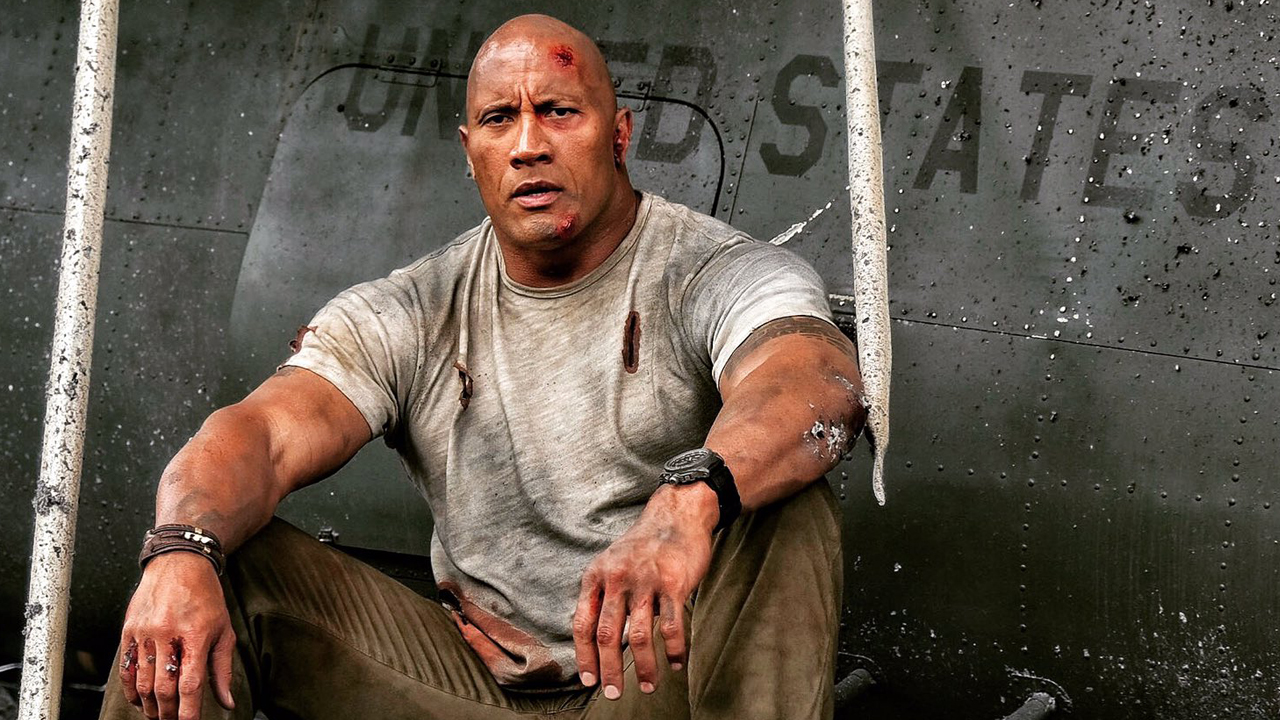Croft conversion: How the Tomb Raider movie is bringing the leading lady of video games back to the big screen
We go back to where Tomb Raider all began, Croft Manor, to meet an icon in the (re)making
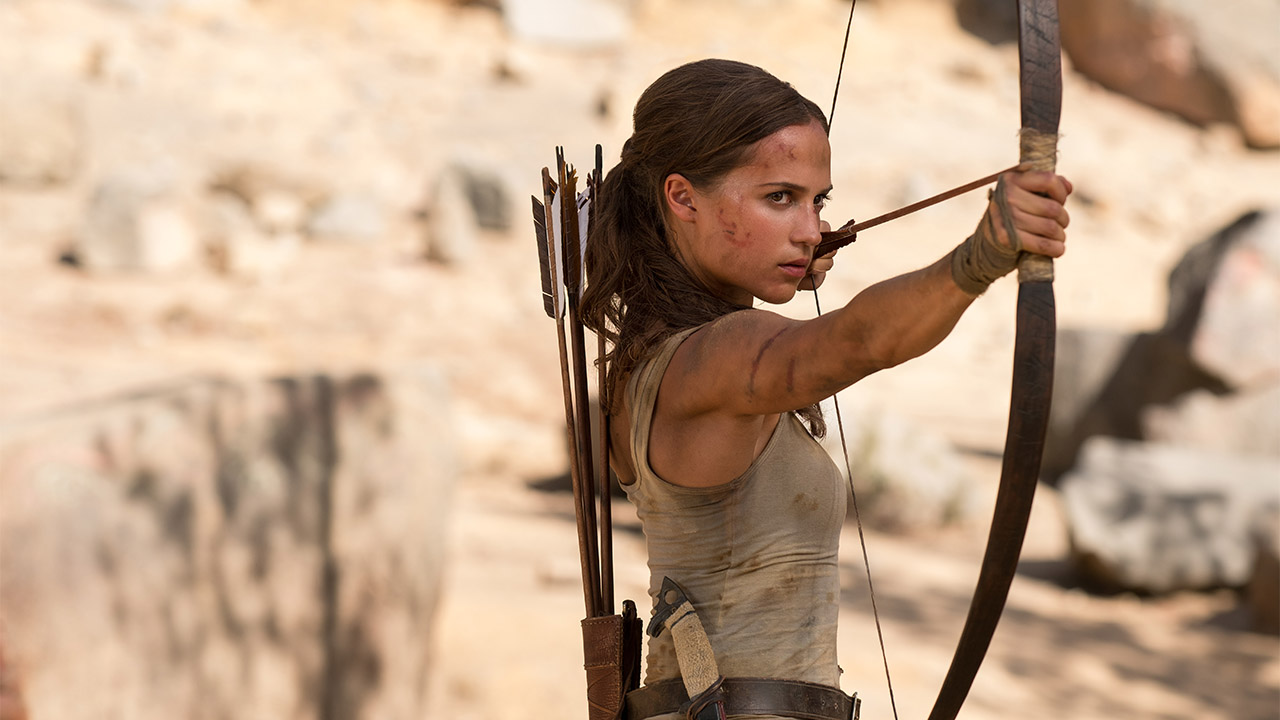
It’s 11 May, 2017. An unremarkable day for most, but for a 21-year-old Lara Croft, it’s a long-overdue homecoming. Walking through the gravel garden of Wilton House, the exquisite Wiltshire country home doubling for Croft Manor, is Oscar-winner Alicia Vikander. Lurking behind some nearby bushes: our sister publication Total Film magazine.
As Vikander’s Croft slowly approaches the front door of her ancestral home for the first time in seven years, the signs of neglect are pervasive: out front a layer of leaves line a bone-dry fountain, while inside, ornaments covered with white sheets make Croft Manor look like it’s hosting a convention for crap ghosts. It isn’t the only thing that’s changed.
Sporting a biker jacket, plain white t-shirt, and practical cargo pants, Lara’s a long way from the cropped vests, hot pants, and thigh holsters that saw her labelled a virtual sex symbol. Reinvented and reinvigorated, this Croft is less pin-up girl, more pin-you-to-the-wall-with-a-pickaxe girl. And she’s pursuing a secret that could upend her world.
Millenia-old mysteries and fabled relics have fuelled the Tomb Raider games since 1996, but it’s no secret why the series has endured. If Wonder Woman is the planet’s most popular female superhero, Lara Croft is the video game equivalent. A prim and proper British lady with Indiana Jones’ knack for locating lost loot, the ‘realistically’ rendered avatar of the games was revolutionary for the time.
“Tomb Raider was one of the first videogames I played,” recalls Vikander, who was introduced to Lara via a family friend’s PlayStation. “I was intrigued, because I had only seen male action heroes up on that screen, and suddenly there was a girl.”
That girl went on to star in more than a dozen games, selling 58 million-plus copies, and feature on the covers of countless magazines (including Loaded in the heyday of lads’ mags). A pop-culture sensation, she made the leap to live-action films in Simon West’s Lara Croft: Tomb Raider in 2001, starring Angelina Jolie and Daniel Craig.
Its daft post-Matrix action romps could generously be described as ‘a bit of fun’, which is more than can be said for Jan De Bont’s 2003 sequel Lara Croft Tomb Raider: Cradle of Life. In both movies, though, Jolie proved perfect casting for the thrill-seeking archaeologist.
Sign up for the Total Film Newsletter
Bringing all the latest movie news, features, and reviews to your inbox
Back to basics
Vikander’s Croft, however, is decidedly different. “[Angelina] made that an iconic role,” the Swedish actress acknowledges. “I knew we wouldn’t be able to redo that, and that’s not what we’re trying to do either. We go back to the beginning, and tell the origin story.”
The origin of this particular story begins with prestige producer Graham King (World War Z, The Departed), who optioned the rights to Tomb Raider in 2011. Aiming to release a movie in 2013 alongside a new game, both of which would serve as major reboots for the series, the film was put on the back burner when a suitable combination of star and director couldn’t be found, leaving the game to fly solo.
Tomb Raider (2013) and its 2015 sequel Rise of the Tomb Raider envisioned a drastically different Lara: vulnerable yet resilient, and really handy with a bow. Wildly successful, they made Lara relevant in a way she hadn’t been for years. Any feature adaptation would require a similarly fresh approach.
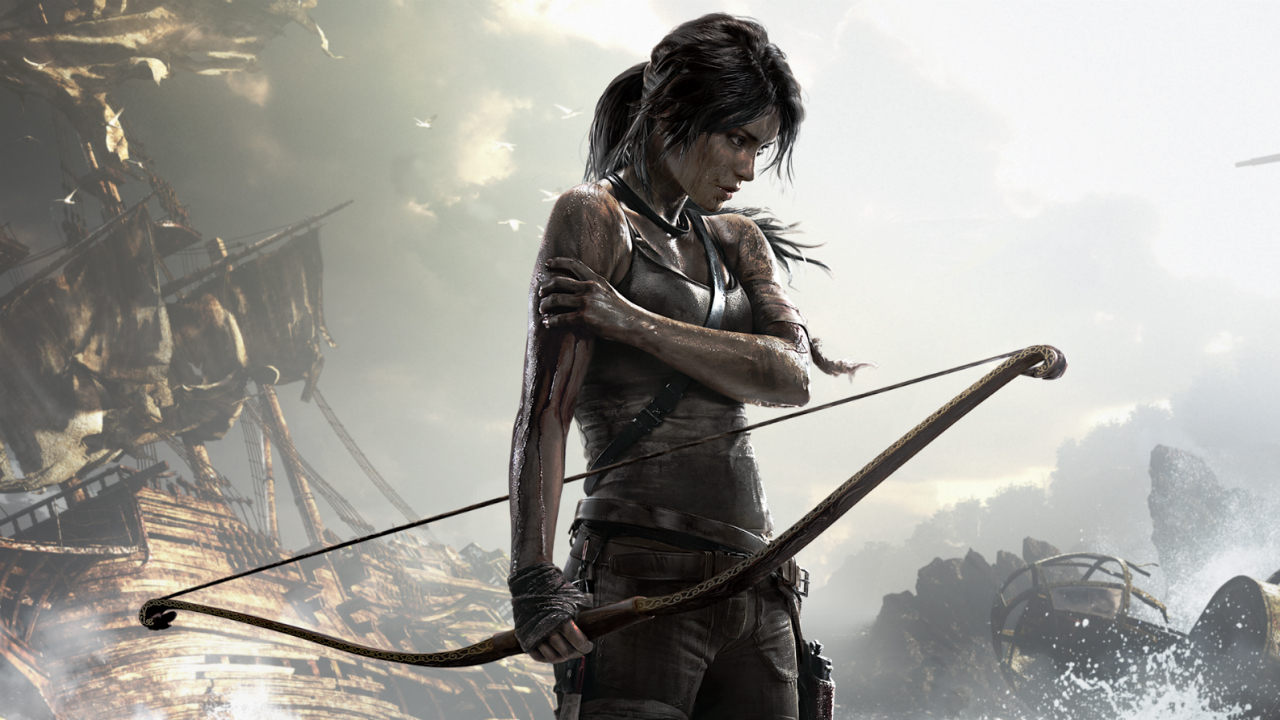
Enter Norwegian director Roar Uthaug. King and his fellow producers were swept away by Uthaug’s wet and wild disaster movie The Wave, specifically his rare talent to manage large-scale action sequences while keeping a laser focus on meaningful character beats. Similarly bowled over was fellow Scandi Vikander.
“I was really impressed by how he was able to make a genre film extremely emotional,” she says, joining TF during the day’s lunch break. “I felt really close to those characters, and taken on that journey. That’s exactly what he’s trying to do with this job.”
“She’s trying to figure out her path in life, who she is”
Alicia Vikander
Describing the games as “groundbreaking”, Uthaug recalls huddling round a TV with flatmates in Norway to play, and expresses admiration for the work of developer Crystal Dynamics in reinventing Lara.
“We’ve based it on the rebooted games, where we meet Lara Croft before she’s the tomb raider,” Uthaug explains. “They did a tremendous job in updating Lara Croft, to make her feel modern. I love how they’ve made her less of a... I wouldn’t say cartoon character, but she’s more of the real world.”
Real, relatable, authentic... speak to anyone involved in the making of Tomb Raider and you could play a drinking game with these three words alone. Their use is warranted. Filming as much of the gruelling action in-camera as possible, Uthaug had one goal, “To make the audience care about Lara Croft, and invest in her as a real character.”
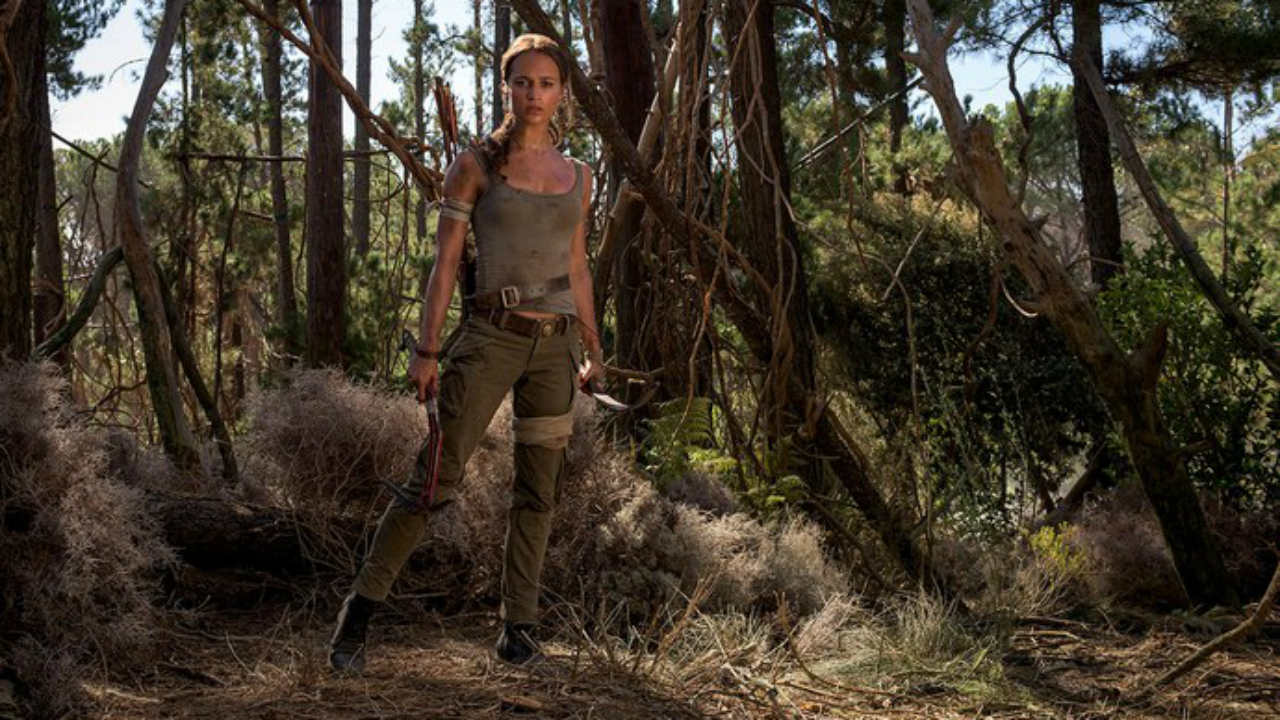
To that end, Lara has a new backstory. Instead of a privileged posho with a butler, she has been living on her own since her father, Lord Richard Croft (Dominic West), disappeared without trace when she was just 14. Now working for a bicycle delivery service and living in a ‘communal space’, Lara is hiding her responsibilities behind a directionless, cosmopolitan life.
Filmed in and around the streets of east London, it’s a way of life Vikander knows well having houseshared while working service jobs around the city in her early twenties. “What I like is that there will be a lot of young people, a lot of girls, who feel like they can relate to her,” Vikander says. “She’s trying to figure out her path in life, who she is, and what her history is.”
Lara’s history, shrouded in mystery, comes back into focus when her father is pronounced dead and his company – Croft Holdings – entrusted to Lara. Ever the eccentric, Croft Sr. leaves Lara a puzzle box. Inside: a key, which leads Lara home.
On the road
Back on set, TF is admiring the immaculately maintained 14,500 acre grounds of Wilton House when the first AD calls “action!”
Key in hand, Vikander paces up the pathway, pausing and smiling as she looks up at the Croft family crypt. Unlocking the door to a hidden room within, she finds a video message left by her father warning of a deadly threat in the fabled tomb of Empress Himiko located on the island of Yamatai off the coast of Japan. Filled with purpose for the first time in years, Lara heads to Hong Kong to complete her father’s work.
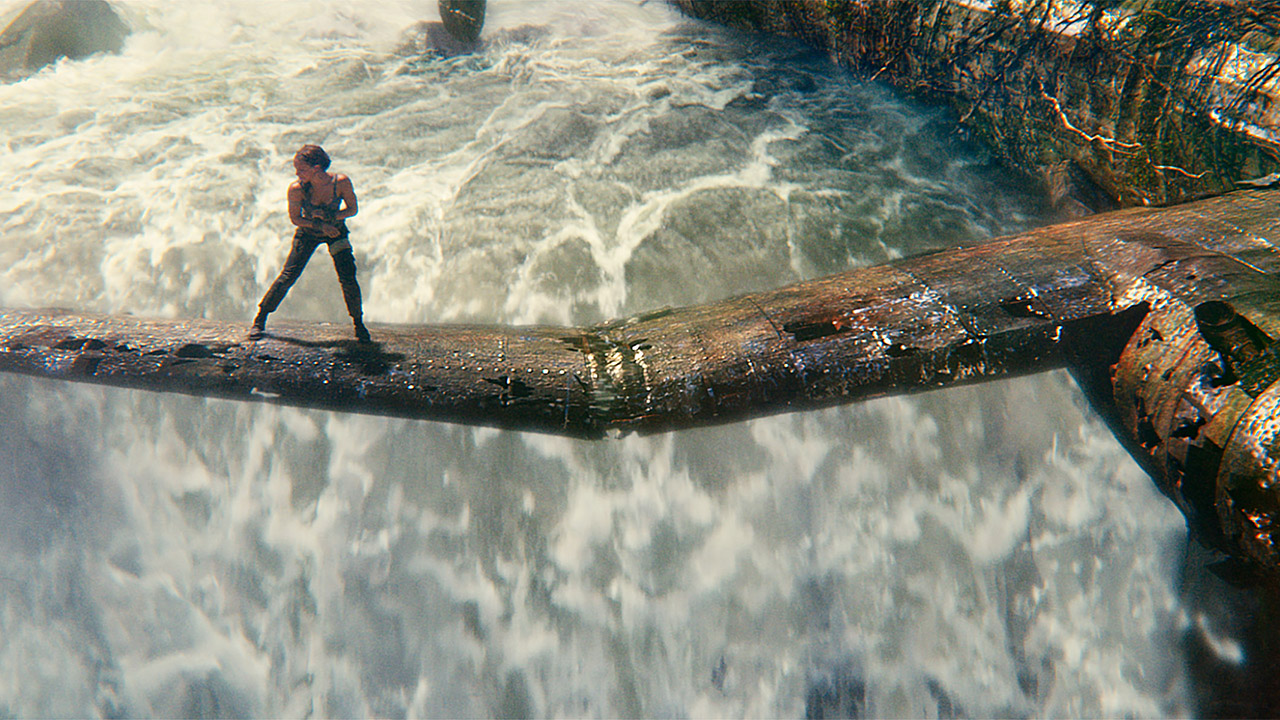
Lara’s relationship with her deceased dad has been a common thread throughout the 20 years of Tomb Raider, and the relationship between the two will be similarly crucial here. The pair have a “very strong bond” according to Uthaug – a bond that extends off-screen as well.
“There’s a whole niche career for me, because I was [Alicia’s] dad in Testament of Youth,” West laughs. Speaking to TF in the extravagant Double Cube room, where Stanley Kubrick shot scenes for Barry Lyndon, even the typically suave West is looking a little underdressed in a blue blazer, dark blue trousers and orange-soled Asics trainers.
Here to film flashbacks with a seven-year-old Lara (played by Maisy De Freitas, and Emily Carey at 14), West was intrigued by the emotional depth required of him in an effects-driven studio movie. “I don’t think you see very often, in a big-budget action movie, the sort of scenes that I was doing, because they’re very personal. They’re domestic, and hopefully quite moving.”
An obsessive archaeologist who hits upon the discovery of a lifetime before his death, there’s a hint of Viggo Mortensen’s Captain Fantastic to Croft Sr.’s extreme parenting. “You see where this crazy girl must have come from,” says West, who Total Film later observes admiring a Rembrandt – the perk of shooting in a stately home.
“He’s got a scholarly background, but a military background as well. He’s one of those psycho dads who abandons their kids on a mountainside and says, ‘Survive.’”
Deep waters
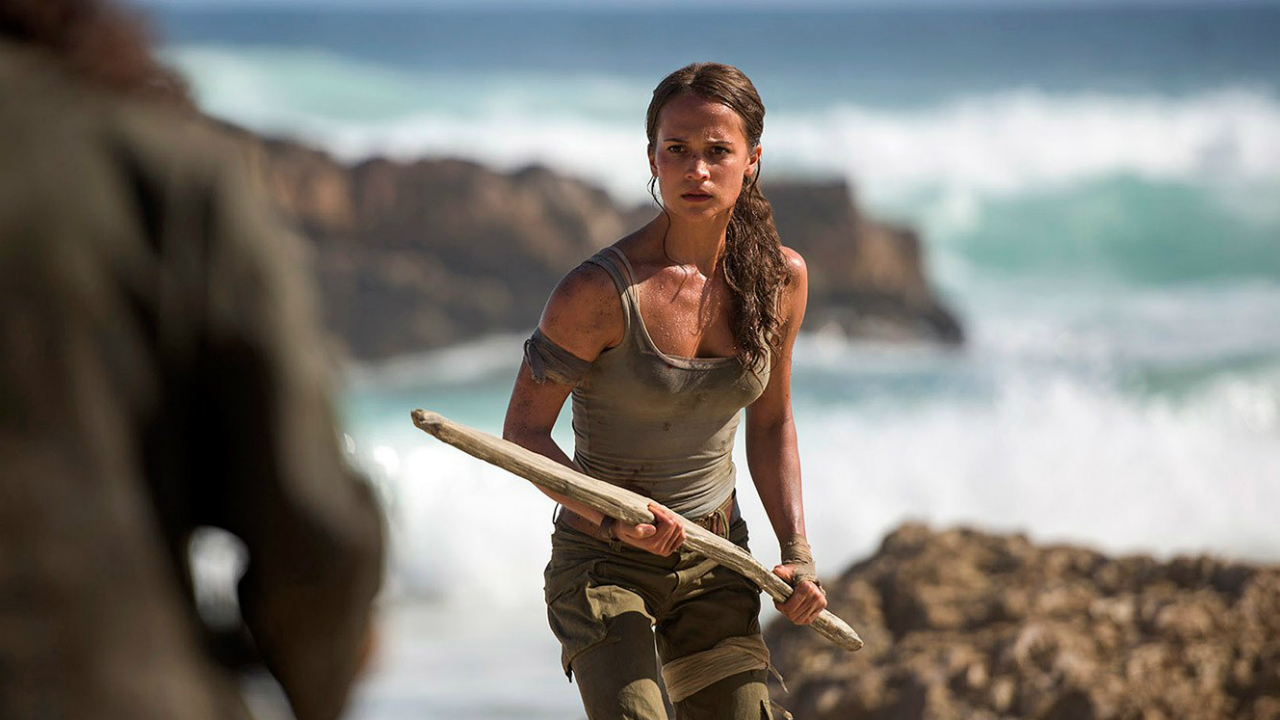
Luckily for Lara, this ‘psycho dad’ training will help keep her alive. Setting out on a treacherous journey to find Yamatai, Lara charters a rickety boat belonging to Lu Ren (Daniel Wu). Built full scale in a 60ft by 90ft tank, and attached to a hydraulic gimbal, it’s further evidence of Uthaug’s commitment to capturing as much of the action for real as possible.
Shipwrecked following a deadly storm, Lara washes up on the gnarly coast of Yamatai... and is immediately captured by Mathias Vogel (Walton Goggins, The Shield, The Hateful Eight), who has spent nine months attempting to excavate Himiko’s tomb.
In this era of instantly forgettable blockbuster villains, the team behind Tomb Raider is striving to ensure that Vogel isn’t your cookie-cutter antagonist. A rival academic and former colleague of Richard Croft who sold out to The Man, Goggins brought a valuable outsider’s perspective to the story.
“What I said to [Uthaug and King] was, ‘I would like to enter this world by meeting Mathias Vogel on the Wednesday of the longest week of his life,’” Goggins says, with a familiar drawl. Unfamiliar with the games – or any game since Galaga, in fact – Goggins is one of Hollywood’s most consistently brilliant performers, a fact the studios are wising up to – he’ll appear in Tomb Raider, Maze Runner: The Death Cure and Ant-Man and the Wasp this year alone.
“He is exhausted mentally and emotionally,” Goggins continues. “He isn’t coming from a place of strength; he’s a person who has run out of options, who all of a sudden has the key that can unlock the door to his freedom. So for me, it was a different way into these bigger tentpole experiences.”
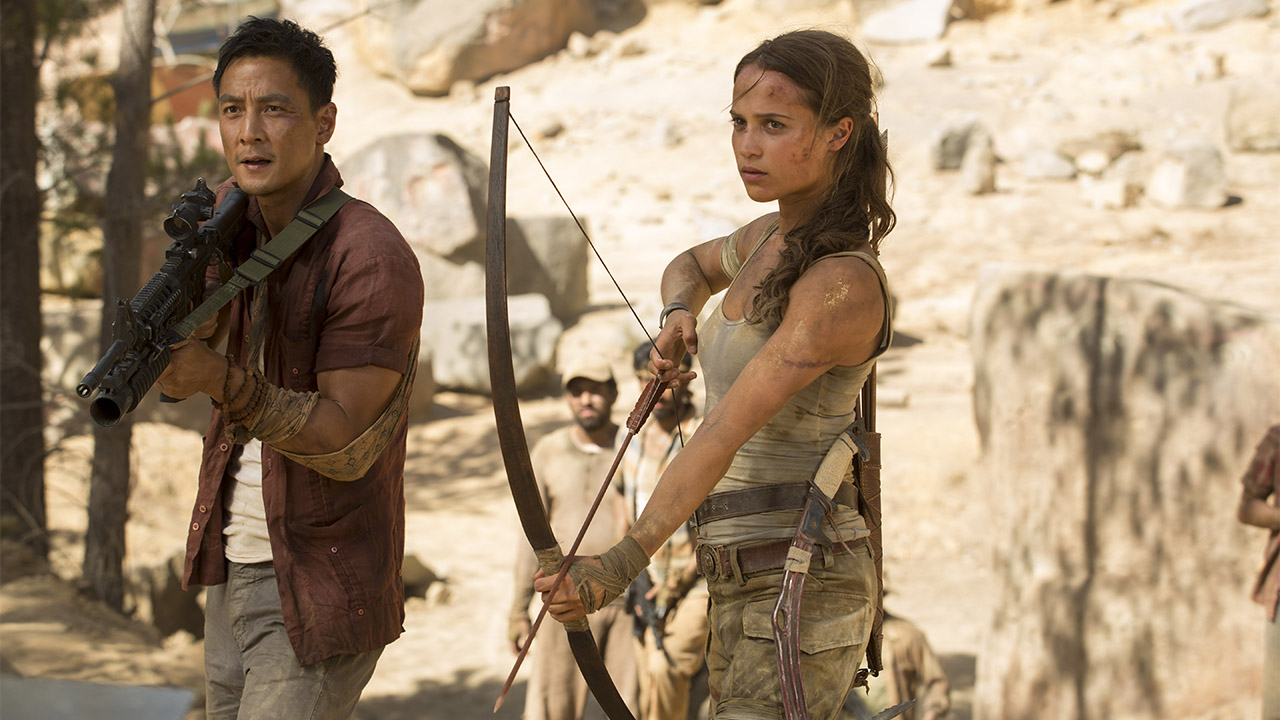
Filmed predominantly on location, Cape Town doubles for the exotic island of Yamatai, while the film draws heavily from the iconography of the game – it will feature Lara wielding her now trademark bow and ice axe, and will recreate at least one key sequence, as Lara escapes Vogel’s clutches by making her way across a crashed WW2 bomber.
But if this is all sounding a bit tomb-deficient, fear not – the resting place of Empress Himiko will not disappoint. “When I walked into the tomb, I was like this kid,” Vikander says of production designer Gary Freeman’s enormous tomb set. “I remember, I stood with Walton Goggins, and he was like, ‘Are you seeing this?’ It’s so grand. It might be the most beautiful set I’ve seen.”
Action heroine
Infectiously enthusiastic about the project, Vikander has plenty of reasons to be happy – she’s dreamt of landing a leading role in an old-fashioned adventure movie since childhood.
“I don’t know how many times I saw Indiana Jones or The Mummy,” she says eagerly. “Then to not only get to do an action hero – which I’ve longed for, also, having had my dancing background – but to step into this adventure and play Lara Croft, felt pretty surreal.”
Vikander physically transformed herself for the role, and “does a lot of fighting in the scenes; the jumps and the wires”, according to Uthaug. Lara’s physicality “defined a lot of my pre-work”, Vikander adds, hunched over like a boxer. “She’s a physical being. I don’t know if I need to say ‘tomboy’, but she works and she runs and she’s playful. And then throughout the film she needs to use abilities that she never knew she would have to.”
Training, naturally, was full on. As well as playing both recent games (the fun bit), Vikander hit the gym (the not-so-fun bit), adding four kilos of muscle to her slim frame. “I said to Magnus, my trainer, who had done an amazing job with Alexander Skarsgård for Tarzan, and Ben Affleck [for Batman], ‘Can you make me look like that?’” she laughs.
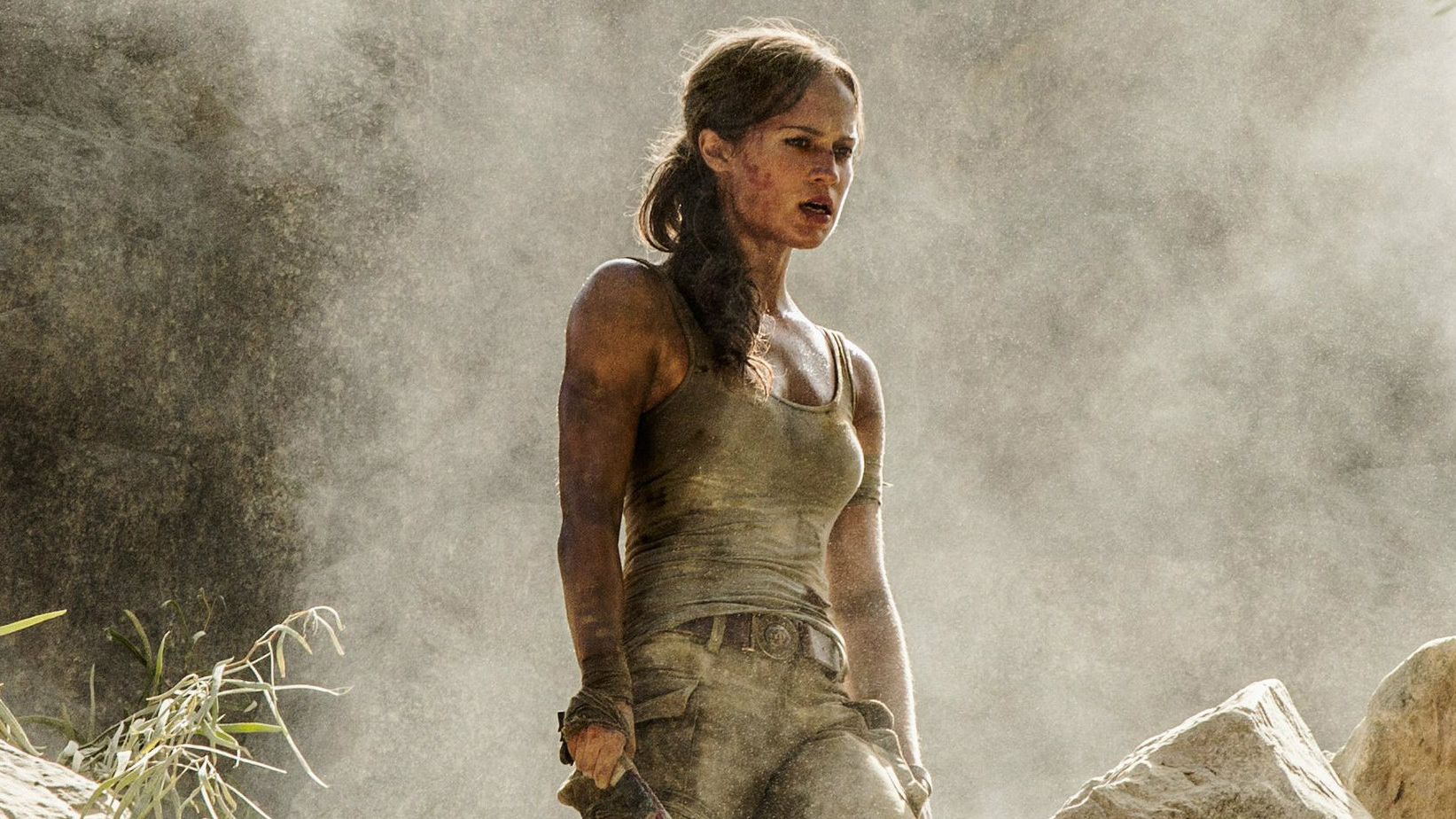
Working out six days a week for months on end, Vikander did “MMA, and a lot of climbing, plus an hour every morning just lifting weights and high interval training”, all before make-up. Eating five times a day, Vikander cut cardio to a minimum to bulk up. “I’ve changed my body a lot. It’s pretty amazing to see that you can do that.”
But you don’t hire someone of Vikander’s calibre if physicality is all you want. The supremely talented Swede is bringing an emotional weight to Lara Croft that even the videogames have yet to mine. “Alicia is one of the greatest actors of her generation, regardless of what movie it is she’s starring in,” Goggins asserts. “This just so happens to be a big blockbuster franchise.”
Questions remain about the film: can it break the videogame movie curse that Vikander’s husband Michael Fassbender fell foul of with Assassin’s Creed? And in sticking so staunchly to the look and broad strokes of the game, does it truly offer anything new? But there’s no doubt that in Vikander, Tomb Raider has found a worthy heroine.
“She has vulnerability and accessibility. And she’s great at the kickass action stuff,” Uthaug smiles. “That combination makes Alicia the perfect Lara Croft for our time.”
This feature originally appeared in Total Film magazine, issue 260. Pick up the latest edition now or subscribe so you never miss an issue.
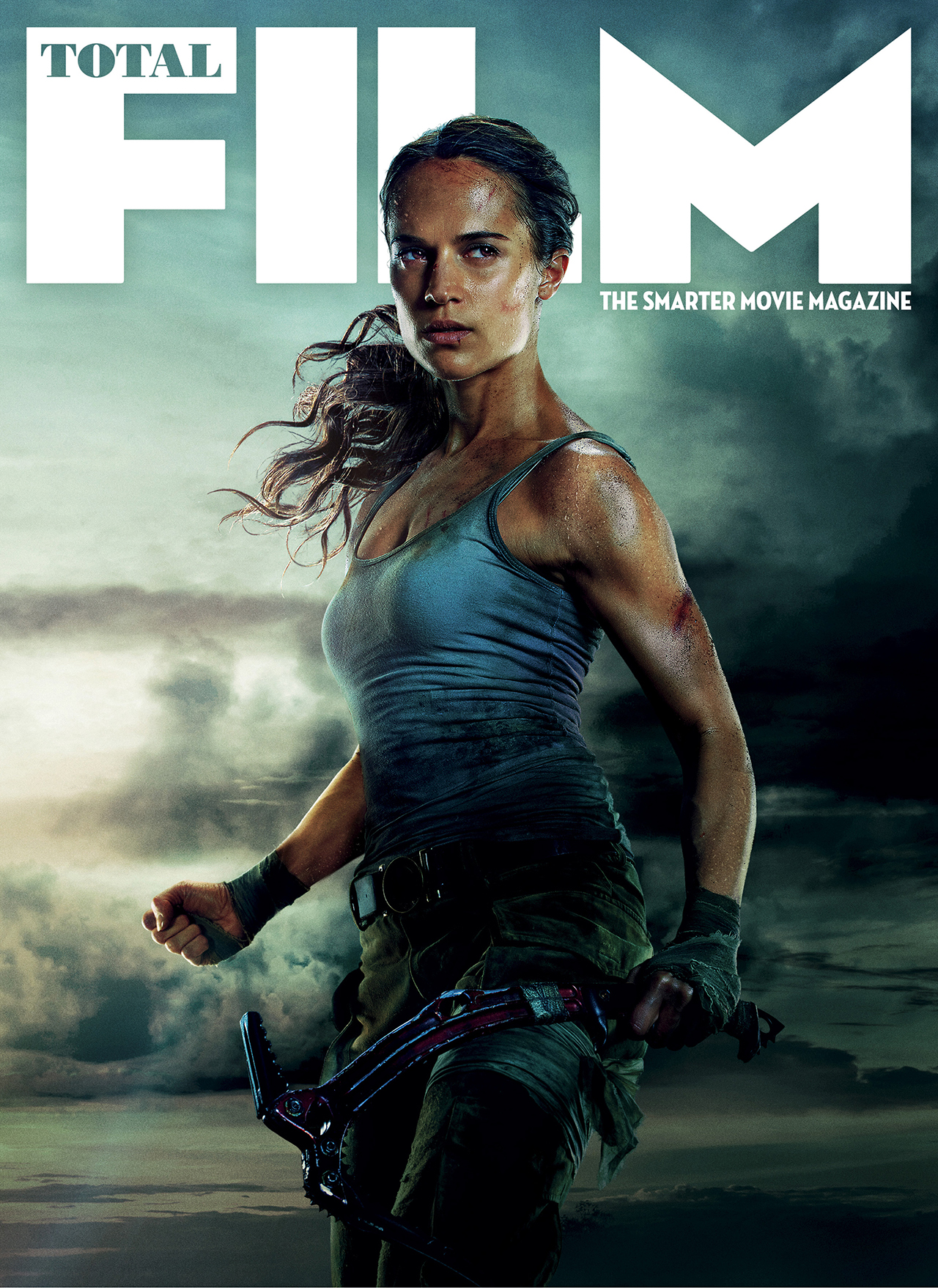
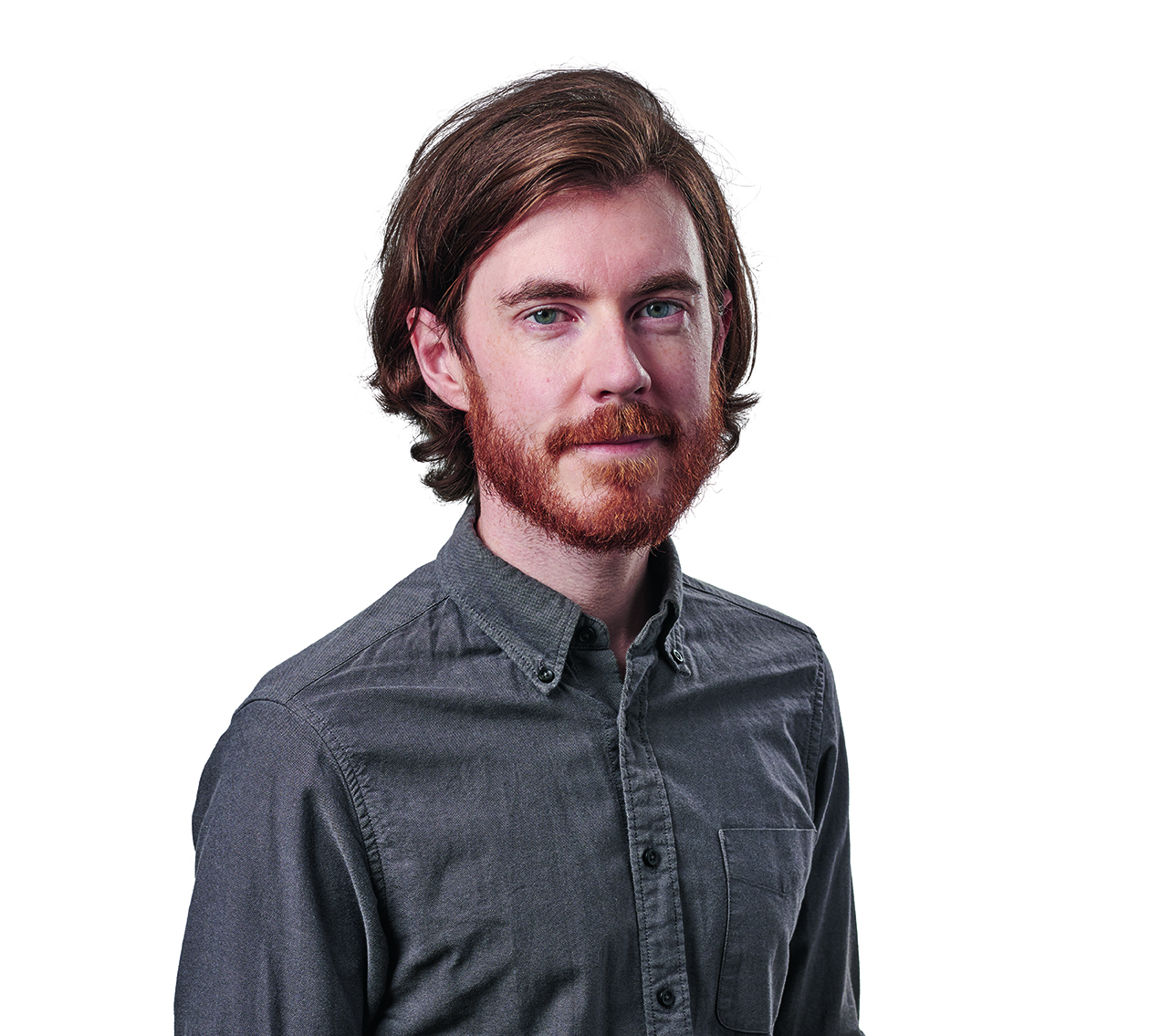
I'm the Deputy Editor at Total Film magazine, overseeing the features section of every issue where you can read exclusive, in-depth interviews and see first-look images from the biggest films. I was previously the News Editor at sci-fi, fantasy and horror movie bible SFX. You'll find my name on news, reviews, and features covering every type of movie, from the latest French arthouse release to the biggest Hollywood blockbuster. My work has also featured in Official PlayStation Magazine and Edge.
